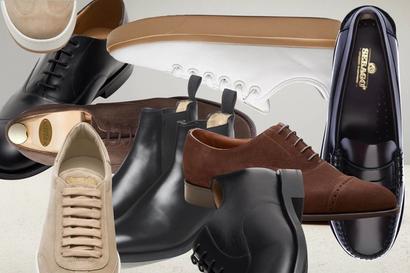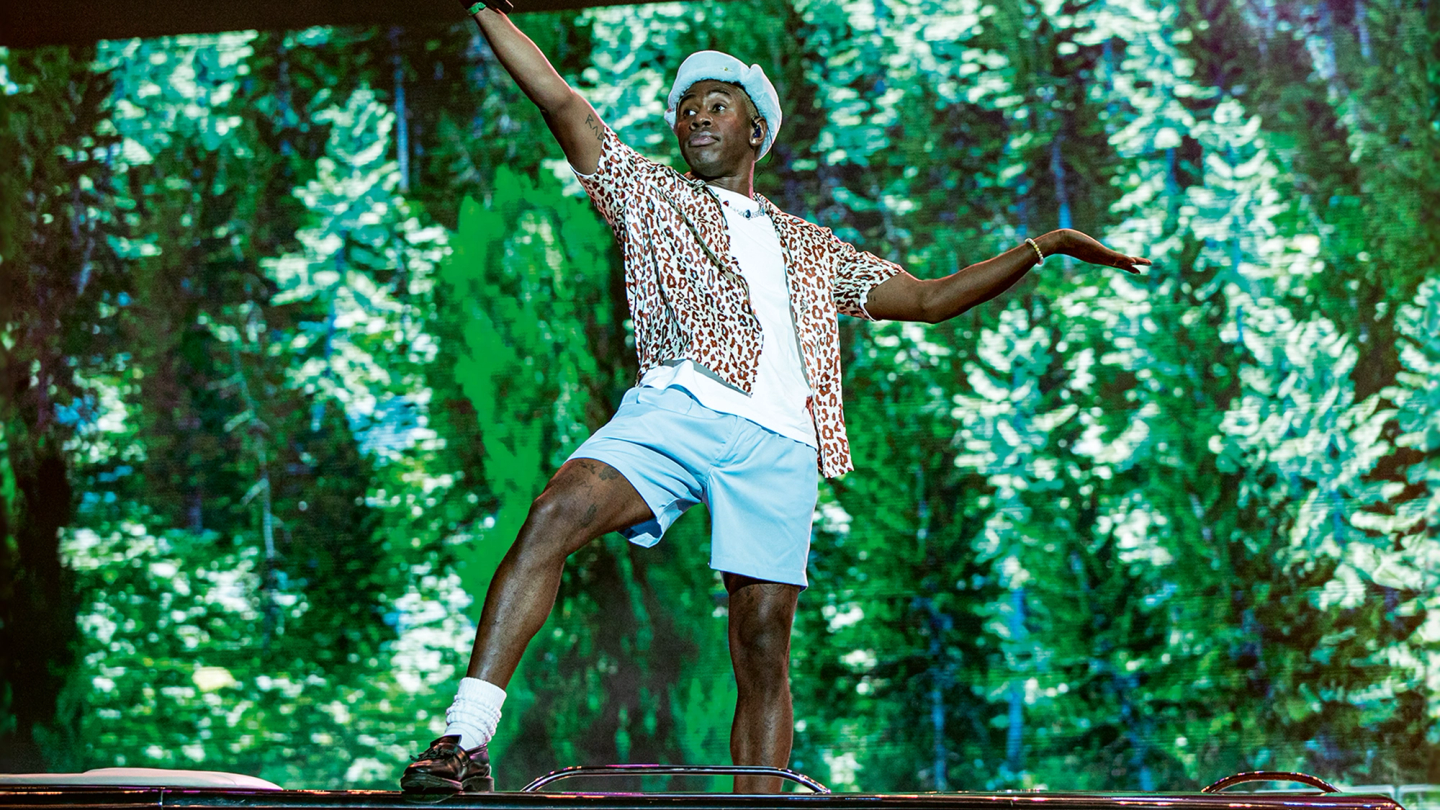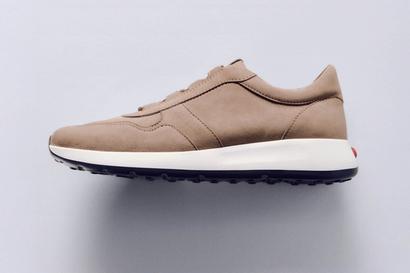

The birth and rebirth of the Penny loafer
An American classic, the Penny loafer has become a must-have in the wardrobes of guys all over the world in 2024
- Words: Finlay Renwick
The story of the iconic American penny loafer is, like plenty of great origin tales, a bit murky, but is generally thought to have started out in the picture-perfect Norwegian village of Aurland. During the 19th century, the area became known for its clear water and abundant salmon fishing, drawing in travellers who were taken by the simple leather slip-on shoes, called tesers, worn by the local farmers and fishermen.
Paul Newman in meditative mode
In one version, these travellers took the style back to America. Another reckons that a nearby shoe-maker called Nils Gregoriusoon Tveranger, who had studied hiscraft in Boston, combined aspects of the teser with the moccasins worn by the Native AmericanIroquois tribe, naming his great invention the Aurland moccasin (very clever, Nils). The English piped up at one point and said —I’m paraphrasing here — “Hello, no, actually, we invented them in the 1920s as a casual shoe for King George VI to ‘loaf around’ in.”
Whatever your stance on the Great Loafer Debate, what is certain is that it was GH Bass who brought the silhouette to the masses, adding a slotted saddle around the vamp and naming it the Weejun, a play on its country of origin.
Elvis Presley
On leafy campuses across the US north-east, Weejuns were a hit.Students wore them with crew-neck jumpers, wide-legged khakis and athletic socks (very 2023 Lower Manhattan, don’t you think?), or without socks, or with pyjamas as an act of studied dishevelment.
They mummified their busted Weejuns with duct tape when theshoes began to fall apart. As G Bruce Boyer, the author and authority on all things menswear, wrote in his 1985 book Elegance, “There was virtually not a middle-class young man or woman in the United States who did not own a pair of oxblood-coloured penny loafers in the 1950s.”
Paul Newman
The style soon graduated from the tony campuses of the AmericanIvy League to the wider world.The penny loafer was big with mods, punks, preppies and really handsome and charismaticHollywood actors. An American classic that could be subverted or worshipped as its wearer saw fit.
With the general collapse of traditional trend cycles and the internet’s commodification of subculture, the loafer is enjoying a major resurgence in popularity. We live in a ‘post-sneaker world’, a term coined by Lawrence Schlossman and James Harris, the court jesters of menswear podcasting. Preppy dressing, both ironic and admiring, has been reappraised and recontextualised — probably best demonstrated by Tyler, the Creator, who revels in jumbling vintage, prep, streetwear, womenswear and high fashion. Walk down the street in Soho or the LES and you’ll see scores of fashion-obsessed men and women in vintage football shirts, wiiiiiide-leg denim and penny loafers. It is a look that would have confounded just a few years ago.
Like ‘elegance’, or ‘directional’, ‘timeless’ is usually grossly overused when it comes to writing about clothes, but there’s a photo of Paul Newman that I’m particularly taken by and feels appropriate here. It’s probably from the 50s. He’s sitting on a chair with his right hand cupping his chin. He’s wearing aviators, a work jacket, cropped trousers, sport socks and black patent-leather penny loafers. Newman could have made a Superdry hoodie look cool, but it’s striking how current his clothes appear. Sevenish decades on, and proof that pennies — unlike that pair of Triple Ss or Salomon Xt-6s that gather dust after a few months— will always be a timely choice.
Want more fashion content? Read up on the The biggest menswear moments from Milan Fashion Week and Pitti Uomo
Become a Gentleman’s Journal member. Find out more here.


